Uddiyana Bandha | Effect, Technique, Contraindications
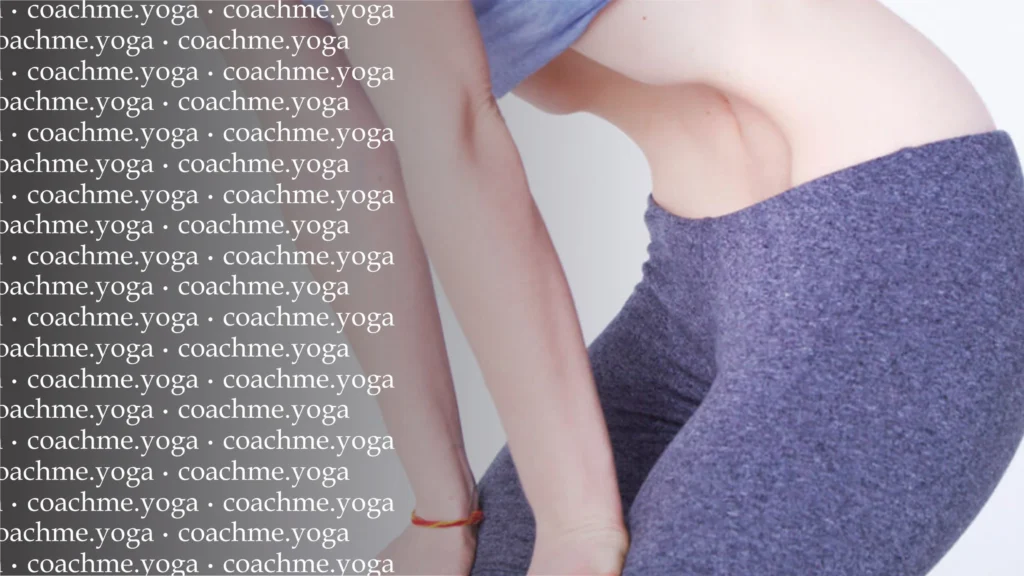
“Uddiyana-bandha is called so by yogis because through its practice, prana (concentrates at one point and) rises up through the sushumna” (Hatha Yoga Pradipika. Shloka 55). Photo: Internet
Uddiyana-bandha or, as it is called in the modern world – diaphragmatic lock, is a very important tool in the practice of yoga. It is believed that this exercise, at a certain point in the development of sadhana (personal practice), can play a key role in the realization of the adept. This is primarily due to its effect on the movement of energy in the body.
Bandha is translated from Sanskrit as “lock” (to bind, hold, squeeze) and its primary task is to hold or direct energy along a certain trajectory to the necessary energy centers by compressing the muscles and organs of the physical body. Uddiyana (Sanskrit. to rise up, to fly) bandha pulls the apana energy, which is in the lower part of the body, and the prana energy, which is in the thoracic part, to the umbilical center. There these two, opposite in their direction of motion, energies (apana tends downward and prana upward) mix with the samana vayu energy. This mixing results in an explosive release of potential force (shakti) that can awaken the Kundalini (the cosmic energy dormant within us), lifting it upward through the central energy channel (Sushumna) to the Saharsara chakra. This is technically how realization, or enlightenment, occurs.
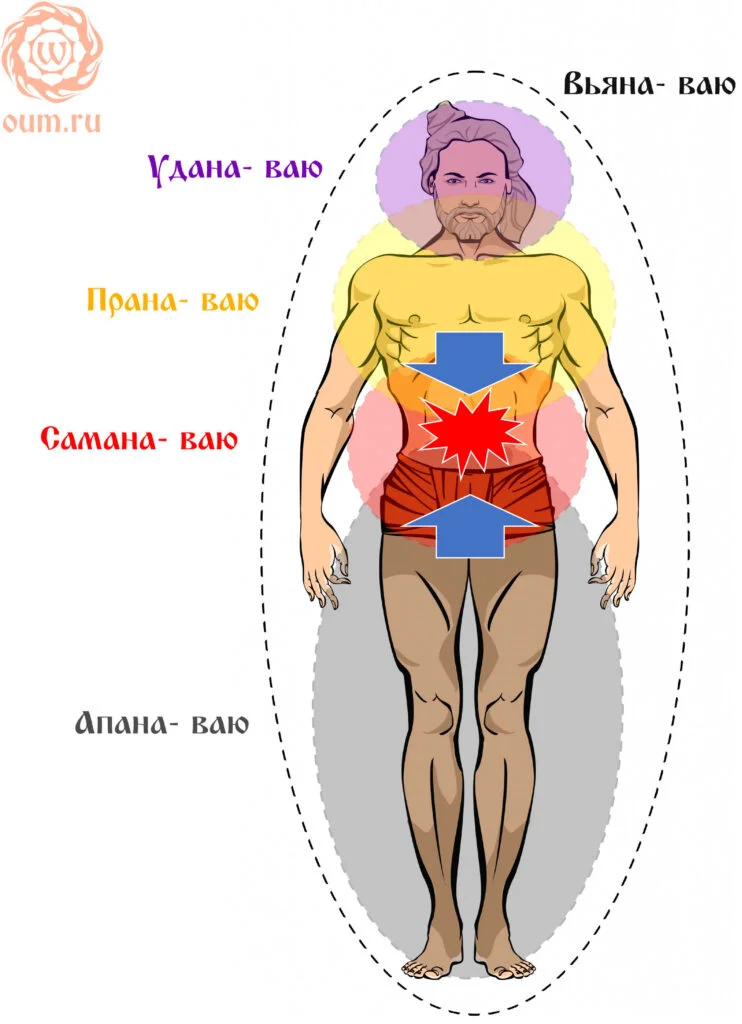
“ The described bandha is called the lifting or flying bandha, because with this practice the great bird (shakti) soars upward with ease” (Hatha Yoga Pradipika. Shloka 56). Photo: oum.ru
Despite the fact that at first glance this exercise looks quite simple, serious benefits from its practice appear only after you have mastered it perfectly. Perfect mastery of this technique is considered to be when you can hold your breath for three or four minutes while performing it. It sounds fantastic, of course, but it really can be achieved, the only question is when. However, do not take this long process of mastering as meaningless actions waiting for something that is not quite clear and perhaps not even relevant at the moment. In fact, this practice also has a number of physiological beneficial properties that will make themselves known literally at the first stages of performance. Let’s consider what happens to our body when we perform diaphragmatic lock.
So, Uddiyana-bandha involves pulling the abdomen and stomach inward and upward. It is performed sitting, standing or lying on the back. By creating negative pressure, the abdominal muscles tighten and press on all the abdominal organs, toning them. This improves blood circulation in stagnant areas – venous blood is drawn away from the abdominal area to the heart area, while fresh arterial blood is automatically drawn back into them. Cells are renewed and purified, receiving quality nourishment. Such massage strengthens the autonomous nerve nodes that make up the solar plexus. There is a direct effect on the processes of digestion, assimilation and excretion. Strengthens and stretches the diaphragm and other muscles of the respiratory system, increases their mobility. Lungs are strongly compressed, which leads to greater efficiency of gas exchange, that is, absorption of oxygen and release of carbon dioxide. And due to the fact that the brain is deprived of oxygen for a short time during breath-holding, its ability to absorb it eventually increases.
Apparently, realizing this complex influence of Uddiyana-bandha on the human body, yogis of the past said not in vain that this technique is able to slow down the natural processes of decay and aging, giving elderly people a youthful look, and even turn back time.
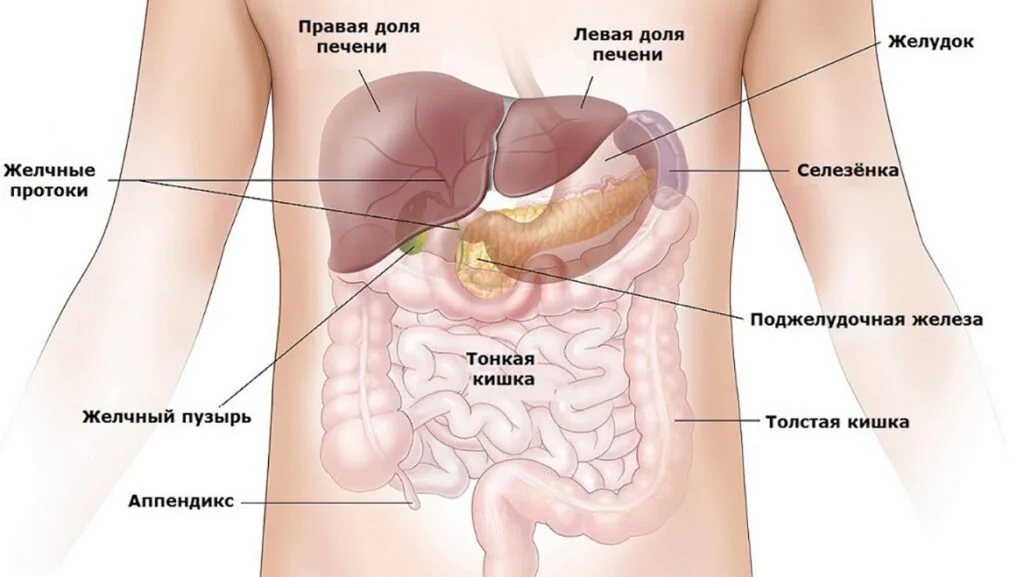
“The areas above and below the navel should be drawn back with effort. There is no doubt that after six months of practice, death will be defeated” (Hatha Yoga Pradipika. Shloka 59). Photo: internet
Technique for performing in standing position 1:
- Stand with your feet about two feet wide apart.
- Bend your legs slightly at the knees, and place your hands on your thighs above your knees – thumbs inward and the rest of your fingers outward.
- The back should remain straight, not bent, head kept up, eyes open.
- Inhale deeply through your nose, then exhale quickly through slightly wrinkled lips, but without much effort.
- With a full exhale, perform jalandhara bandha (throat lock) by lowering your chin to your chest and lifting your shoulders.
- Then pull the abdomen and stomach in toward the spine and slightly upward. Note that at first you perform this movement by compressing the abdominal abs, and then the chest. Try to expand the rib cage on the hold of breath after exhalation, as if trying to inhale, keeping the abdominal press relaxed. You should feel the rib cage rise. Keep the vocal cleft closed for a few seconds, try to expand the chest even more, as if trying to inhale. The abdomen is relaxed. At the same time a deep depression is formed in the upper part of the abdomen, directed upwards, in the chest area. This is Uddiyana-bandha.
- Hold this position for a few seconds.
- Before inhaling, relax the abdomen and stomach, release the “lock” of the jalandhara by lifting the head, and straighten up.
- Then inhale slowly and with awareness through your nose.
- Breathe normally for a minute or two before starting the next cycle.
- Do three of these cycles at first, after a few months you can increase the number of cycles to ten.
The best time to perform abdominal retraction is early in the morning, necessarily before breakfast, and ideally after emptying the bowels. Even more effective Uddiyana-bandha will be made by simultaneous combination with mula-bandha (root lock) and/or vajroli mudra. While practicing, you can concentrate on either the throat or the navel. When you master this practice perfectly, you can mentally repeat the bija-mantra of the manipura-chakra – “Ram” while concentrating on the navel.
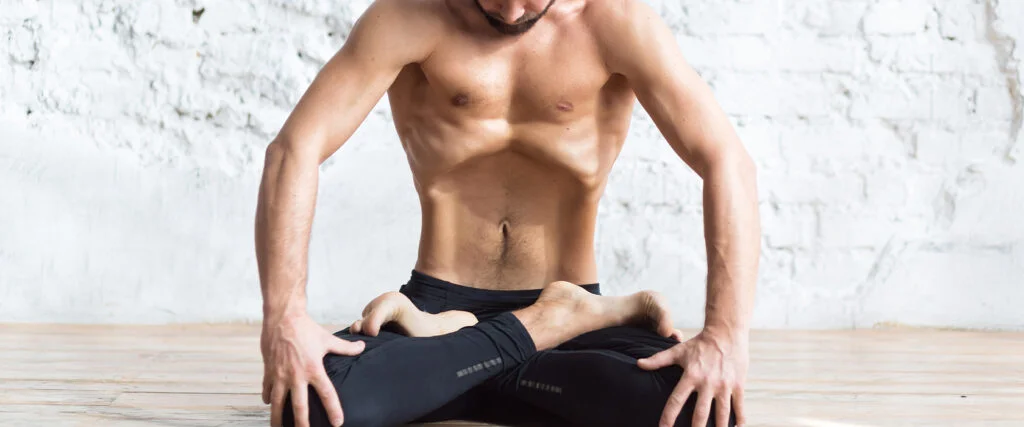
If you are having difficulty learning, you may be making one of three mistakes. First, you may not be exhaling as deeply as possible. The less you exhale, the less the diaphragm will lift up. You should exhale to the limit all the available reserve volume of air. In the lungs should remain only that residue, which in general to exhale and will not be able to. The second reason is a consequence of the first: perhaps, when performing additional expansion of the chest on the breath hold after exhalation, you allow the air to penetrate into the lungs. Try not to do this; the point of a blocked vocal cleft is to do just that (a throat lock will help you with this). The third and most difficult problem is that you cannot relax your abdominal muscles. You have to learn to distinguish between the intramuscular squeezing forces of the abdominal wall (which are only needed at the beginning of the exhalation) and the passive inward and upward movement of the abdominal wall due to the resulting pressure difference.
Where does the pressure difference come from? When performing uddiyana-bandha, we try to inhale without inhaling, which leads to an increase in the volume of the chest in the lateral and frontal planes. And since there is no air coming in, the pressure inside the rib cage becomes even less, which creates a vacuum for the diaphragm to retract upward (provided it remains relaxed) in proportion to the increase in rib cage volume.
Many practitioners tense the abdominal muscles strongly, and sometimes try to help the muscles hold their breath on the exhalation, which prevents the abdominal wall and abdominal organs from retracting inward and upward. It also often happens that the practitioner relaxes the abdominal press muscles for a moment, but then gets confused and tries to help the abdominal wall move inward and upward by actively contracting the muscles. This is a mistake. You need to relax your muscles and keep them relaxed throughout the practice. Once you have mastered this exercise well, you can incorporate it into sets, together with other techniques (asanas, pranayamas) – however, this should not be done at your own discretion, but according to the instructor’s guidance. Uddiyana is a very advanced practice and can only be taught to sufficiently capable sadhakas ( students).
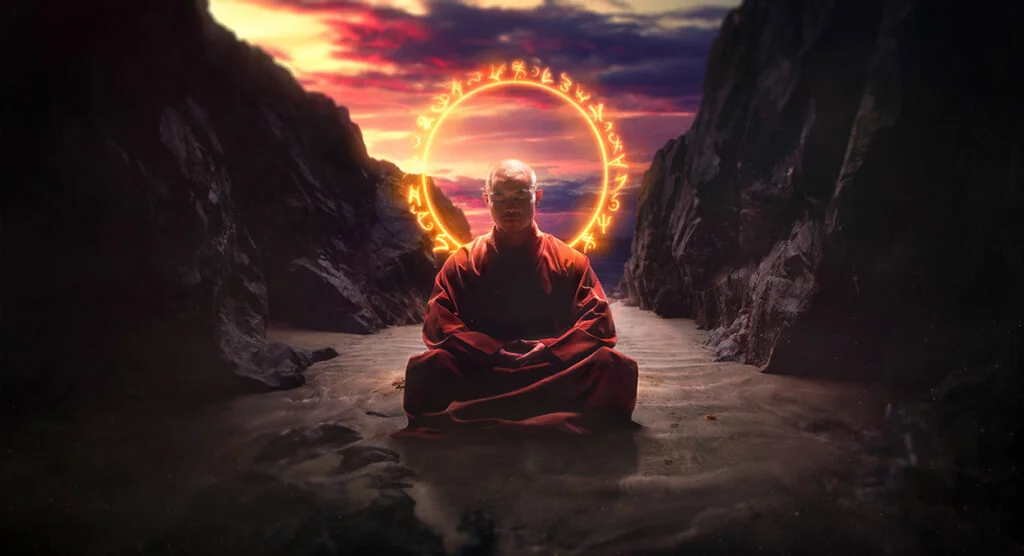
“ Among all the bandhas, uddiyana is the best. When you master it perfectly, mukti, or liberation, arises spontaneously” (Hatha Yoga Pradipika. Shloka 60). Photo: Internet
Contraindications:
- Gastric and intestinal ulcers;
- Hernias;
- High blood pressure;
- Heart disease;
- Glaucoma;
- Increased intracranial pressure.
Used sources:
- Swami Muktibodhananda. «Хатха-йога Прадипика. Объяснение Хатха-йоги». 2013 г. Деком. Нижний Новгород. 638с.
- David Coulter. «Анатомия Хатха-йоги. Руководство для студентов, преподавателей и практикующих». 2016 г. Постум. Москва. 752с.
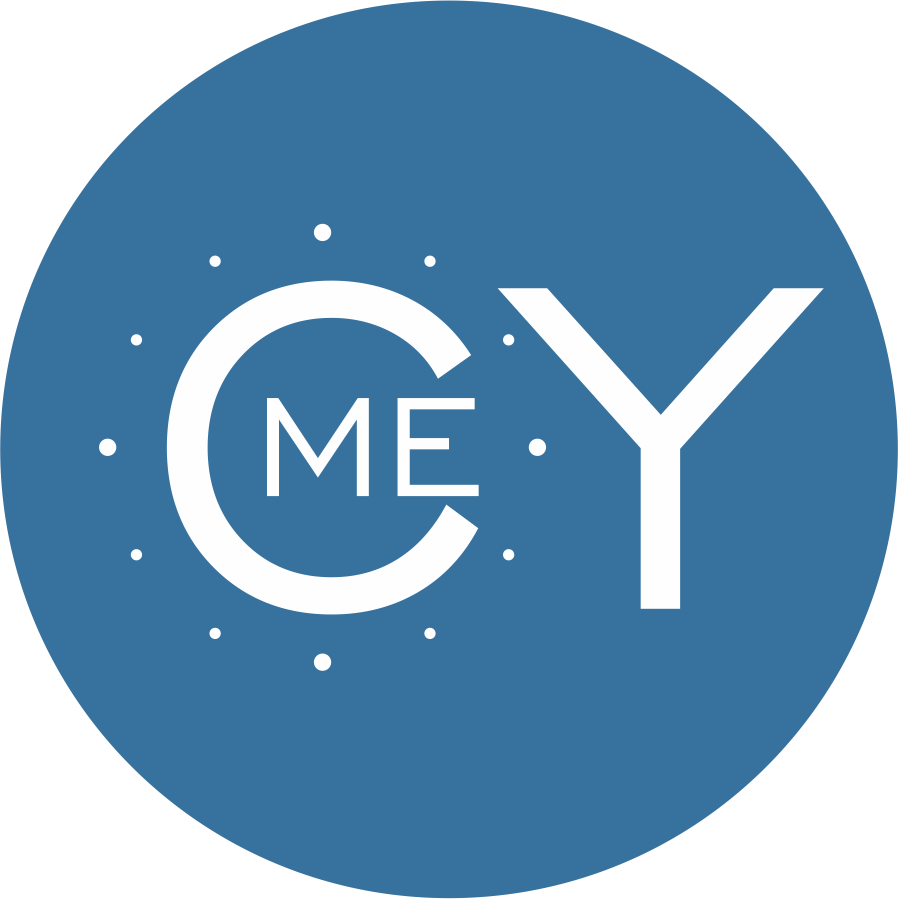
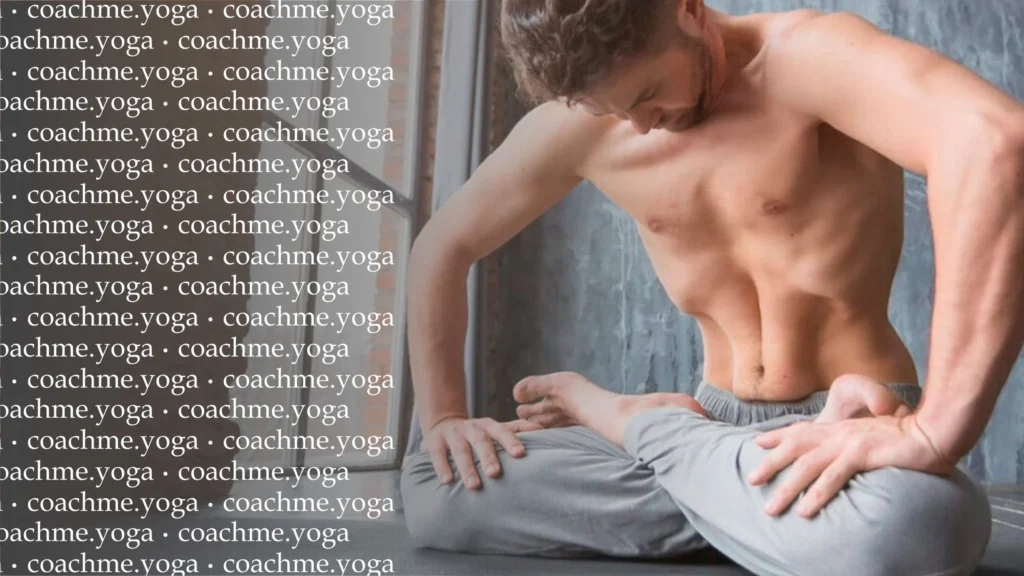
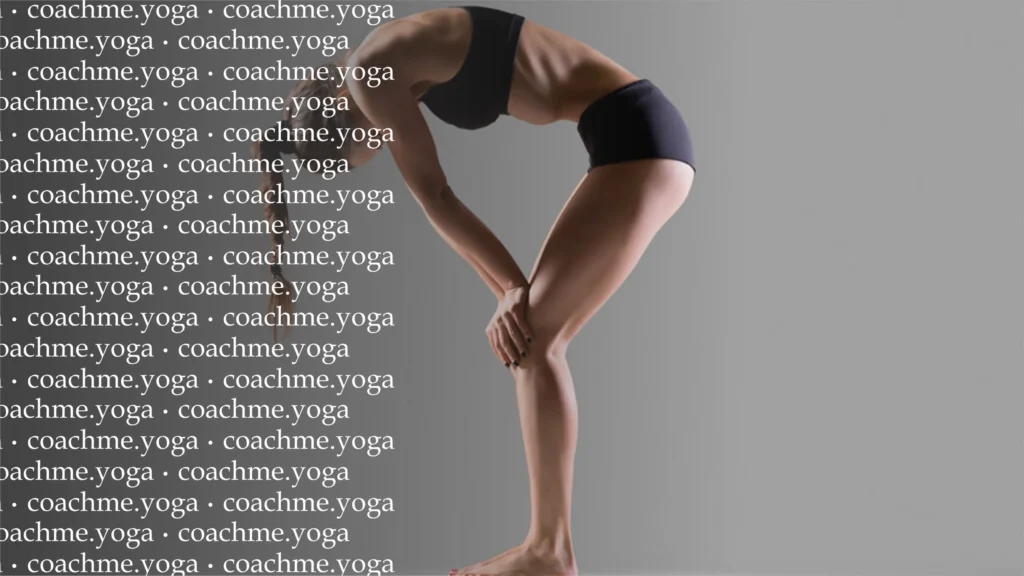
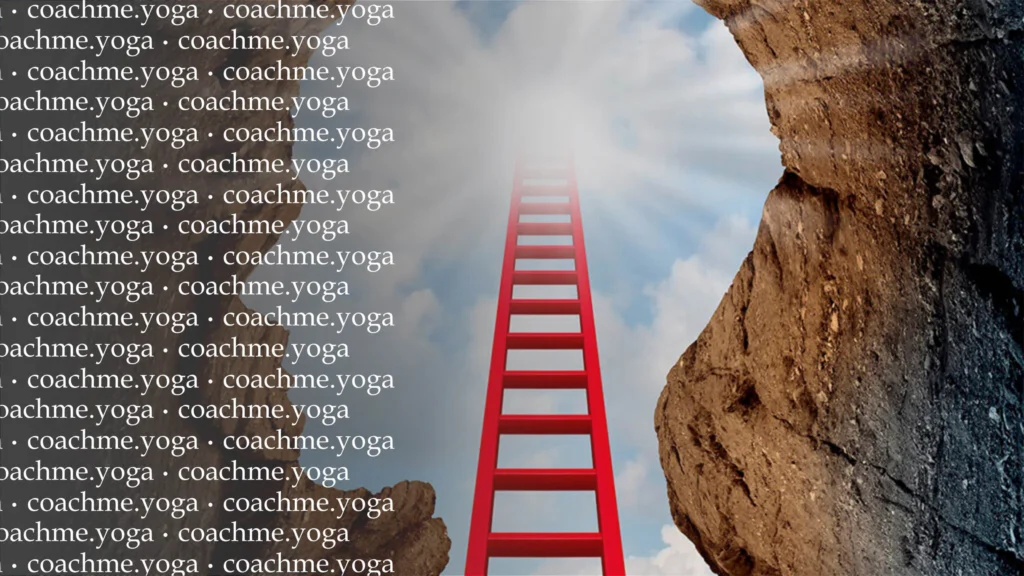
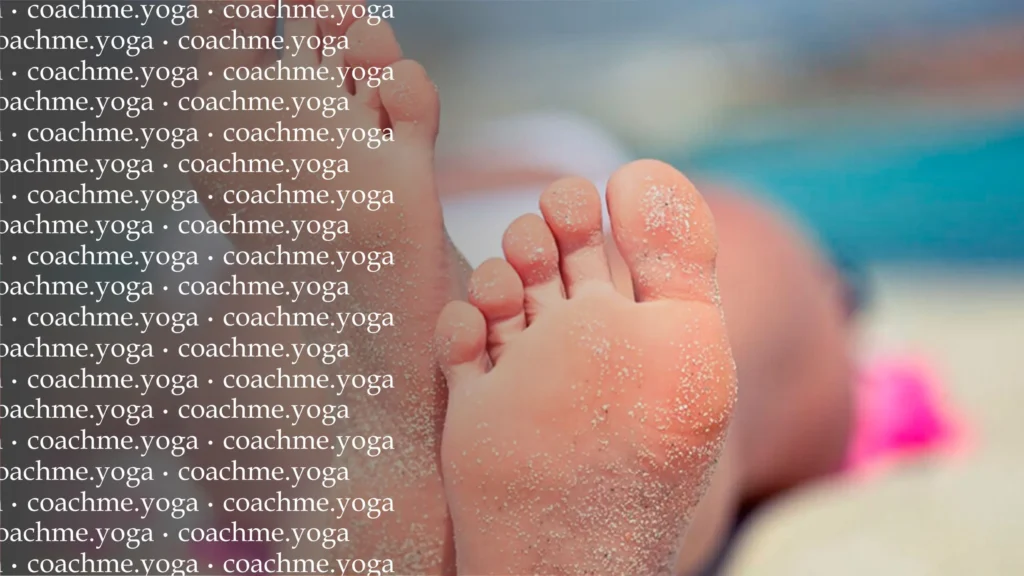
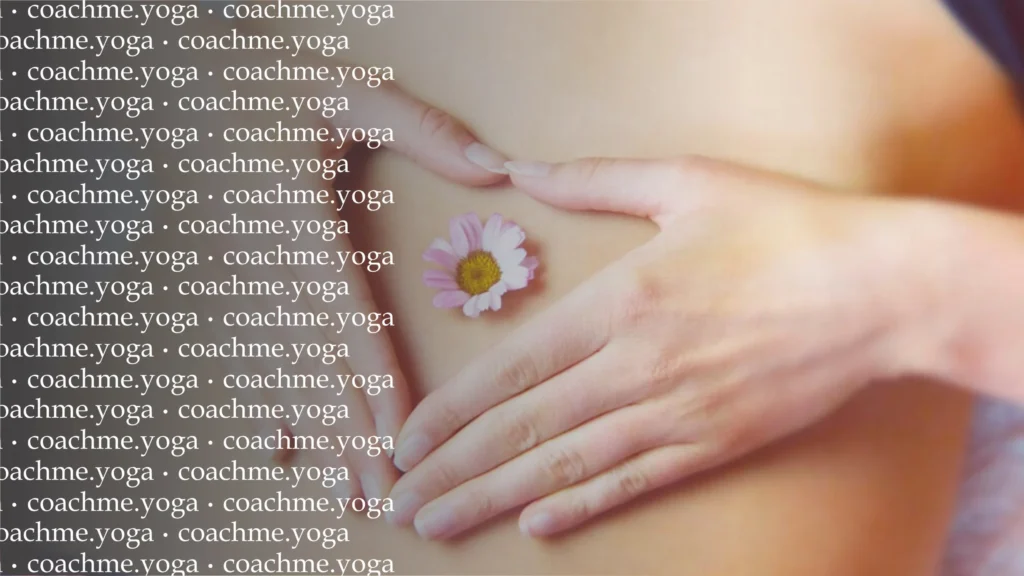
Responses